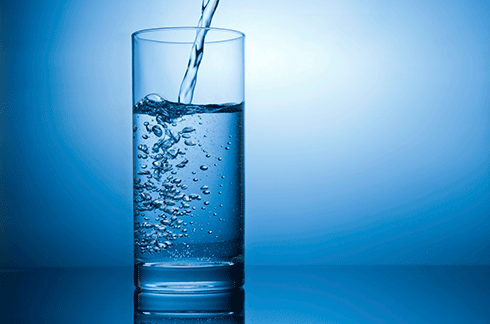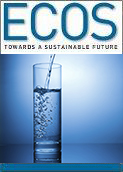
|
Published: 28 October 2013
Recycled water straight into the drink?
Returning highly treated wastewater directly into our drinking water supply could have considerable economic and environmental benefits for Australian cities, according to a recent report.

|
|
Returning treated water immediately to the drinking water supply system is now safe and would require less energy than other water treatment methods such as desalination. Credit:
mishooo/istock
|
The report from ATSE and the Australian Water Recycling Centre of Excellence is titled Drinking water through recycling: the benefits and costs of supplying direct to the distribution system. The principal author is Dr Stuart Khan from the University of NSW.
The report focuses on direct potable reuse (DPR) systems, where treated water is returned immediately to the drinking water supply system. This differs from indirect potable reuse (IPR), where water is pumped into ‘environmental buffers’ such as rivers, lakes or aquifers for temporary storage.
‘Direct potable reuse should be considered on its merits ... among the range of available water supply options for Australian towns and cities,’ concludes the ATSE report, which is intended to be a ‘roadmap that could facilitate the deployment of recycled water’.
The report says advanced treatment processes can deliver safe drinking water and calls for a review of planning decisions made by various governments, which have pre-emptively ruled out IPR, and consequently DPR, as water supply options.
‘The real driver for considering DPR is sustainability,’ says UNSW’s Dr Khan. ‘It offers the opportunity to recycle water for potable reuse with considerably lower energy requirements, compared to IPR.
‘Hypothetical direct potable reuse schemes for cities like Sydney and Brisbane would be much less energy-intensive than comparable IPR or seawater desalination schemes in those cities. There would be additional savings on construction and operational costs, as pipelines to environmental buffers aren’t needed.’
Importantly, the absence of ‘environmental buffers’ doesn’t mean DPR systems lack storage capacity for quality control purposes. Instead, these buffers need to be engineered into the system. This could actually improve water quality, as it means reduced vulnerability to extreme-weather events.
The report also says DPR is growing internationally, citing a successful scheme in Namibia that has been operating without health concerns since 1968, as well as new projects operating in the US and South Africa. Legislative change is currently occurring in California to open the way for some potentially very large DPR developments in that State, the report says.
‘These international projects demonstrate that DPR as a concept is feasible and can be done safely, and that it appears to have sufficient real advantages that other countries are actively pursuing it,’ says Dr Khan. ‘These observations alone should be enough for a water-challenged country like Australia to want to take a closer look.’
‘ATSE considers that the scientific and engineering hurdles to implementing safe and reliable DPR are manageable,’ states the report. ‘Now is the appropriate time for Australia to begin to consider the issues associated with DPR as a potential future water resource for our cities.’
Source: UNSW



